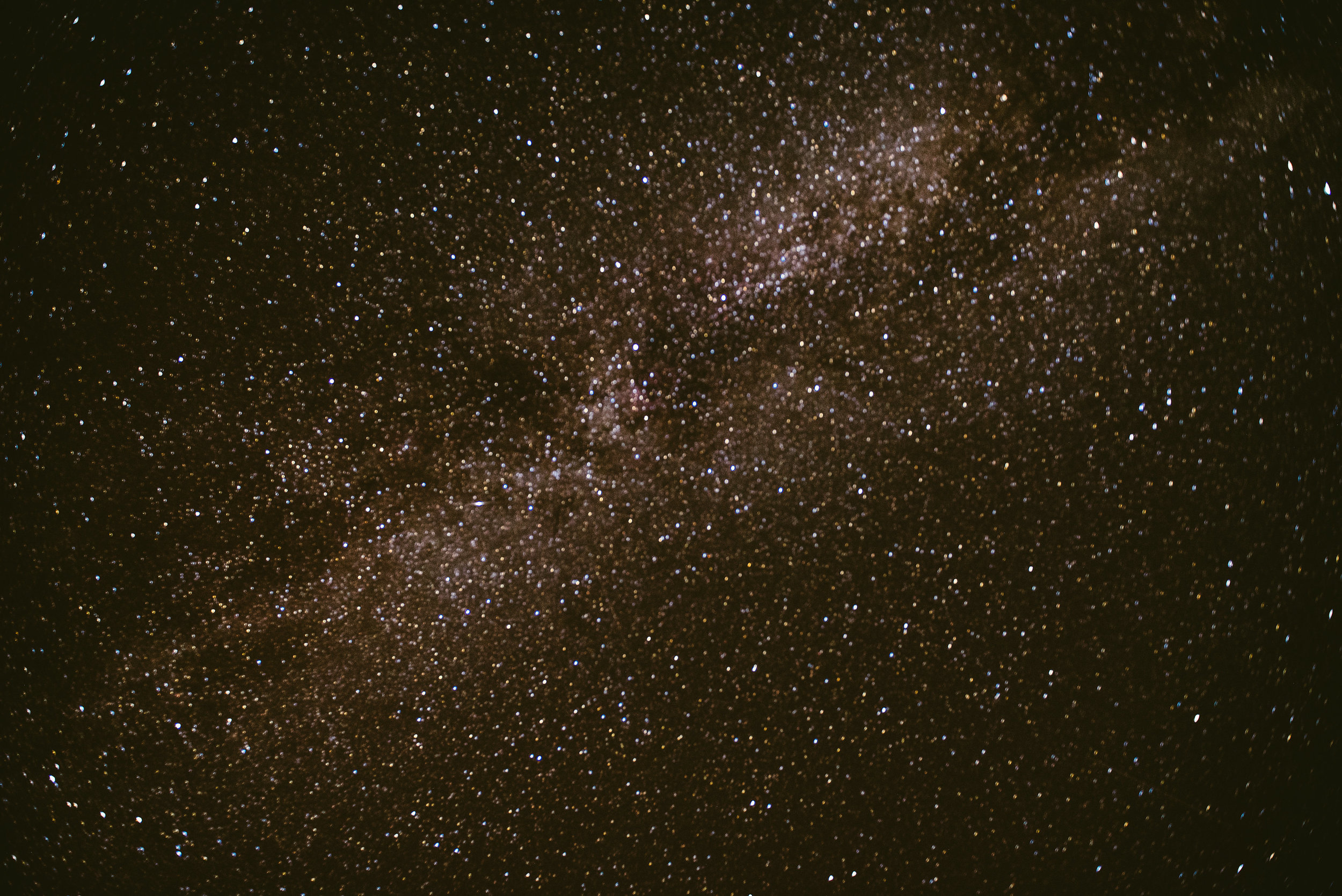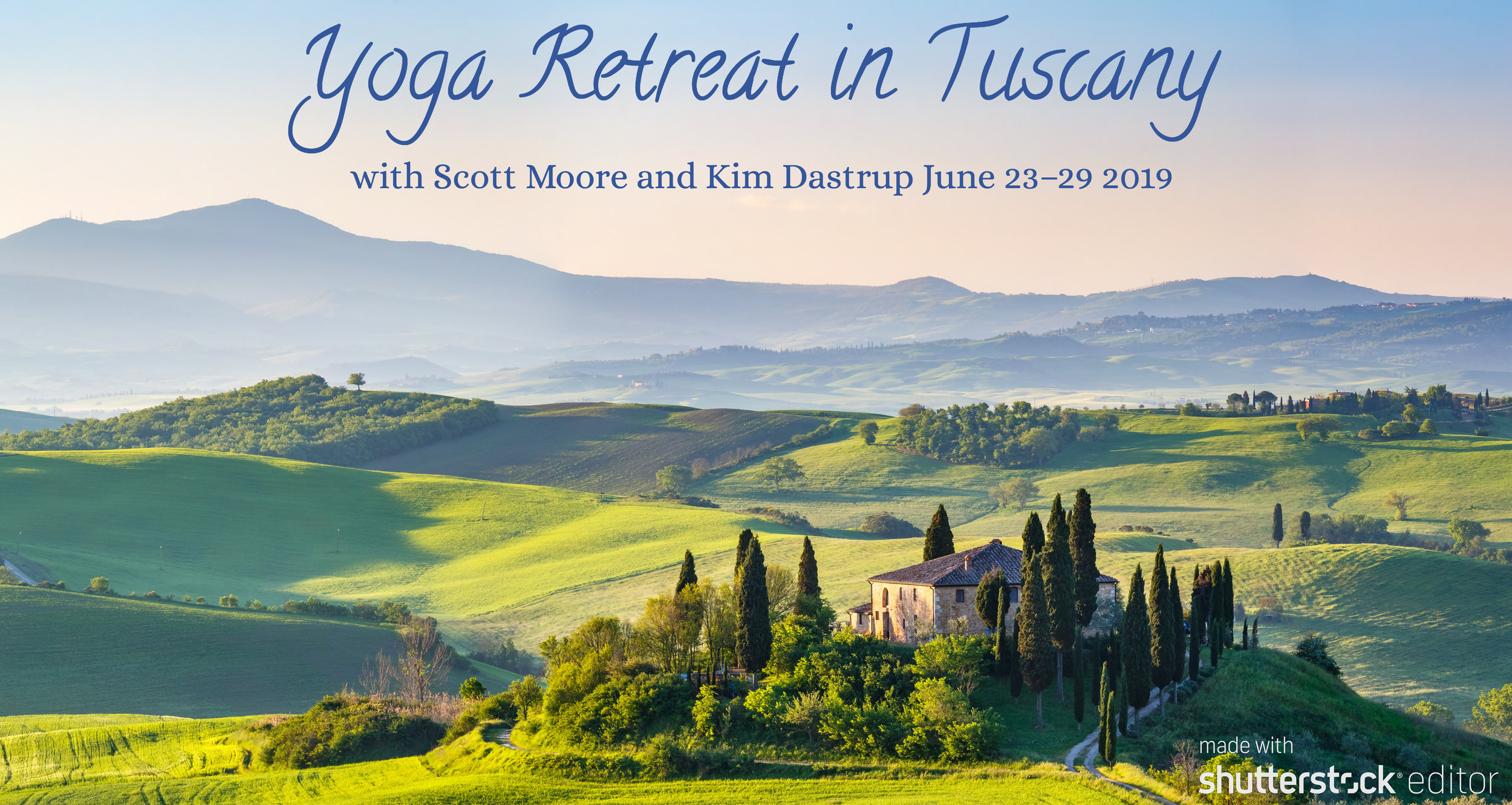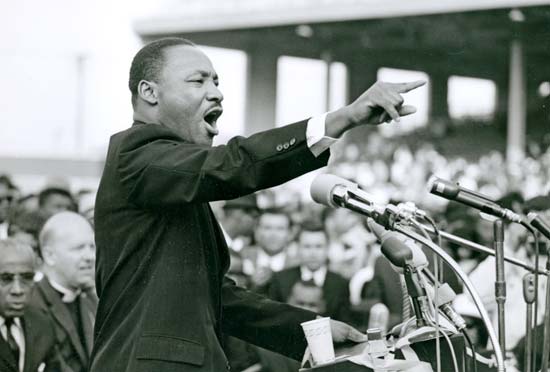Search Other Posts
Several years ago, while I was still in college and before I started on my yoga career, I worked in a little loan company processing loans. The man who owned this company (we'll call him "Jeff," mostly because that was his name) taught me several valuable things, many about people and others about myself. While some of the lessons he taught me were very costly both in money and in hurt, it was all great tuition for some essential life lessons.
One of the valuable things Jeff taught me, something I'll remember for the rest of my life, was that even more important than processing people's loans, my real job was connecting to the people I served through the loan business. He taught me that It doesn't matter if you're a doctor, teacher, or loan processor, you're real job is to connect to people. Your 9–5 is just the particular lens through which you're called to connect to others.
He also taught me how to focus under pressure and how to organize my tasks around priority. He taught me things about working with people that I've used everyday since I worked there. He showed me parts of myself waiting to come out.
But this article is about what he taught me about forgiveness.
Everybody has their Kryptonite. Despite Jeff's shining attributes, he wasn't a very good business person. I grew very concerned the day that my paycheck bounced. When I approached him with this dilemma, he asserted that even though the company was in a little slump, everything would soon be ironed out.
It never was.
I liked Jeff and wanted to hang in there for him until he got things figured out. But eventually, I could see the writing on the wall and after a few months of not getting paid, I finally left. When I walked away, he owed me these few months of back pay. What he owed me was a lot of money for a starving student, not to mention that all this happened coincided with Christmas and the tuition deadline for next semester.
Even though I was the one who offered to stay, I really thought that Jeff would come through and was really hurt when he didn't. I felt really betrayed. Jeff stopped returning my calls. My feeling of hurt turned into betrayal, turned into a bitterness, turned into obsession. I just couldn't let it go. For a while it was all I could think about.
I wanted some recourse so I called the Labor Commission and filed a complaint, adding to the other employees at the failed loan office.The process was fraught with bureaucracy and dead ends—unfruitful and painfully slow. Eventually, the courts began to subpoena Jeff to arrive in court. I soon realized that I could easily gain my money back if I were only paid five cents every time I heard the Labor Commission say the phrase, "Your file is under review and we'll notify you once we know anything different."
This empty search continued for over two . . . (I pause for effect) YEARS. Each new attempt to resurrect my file brought me more pain and frustration.
Then one night I had a dream. I dreamed that I met Jeff. I saw him not as the evil person I'd made him out to be but as just a simple dude with a five-o'clock shadow (that's the way he always looked, even at 8 am). In my dream, as soon as I saw him, I suddenly got tired of holding this grudge. I forgave him of the whole thing. Completely. In my dream, Jeff didn't seemed very thankful or changed by that fact, nor did he seem really to even notice, but that didn't matter because I had changed. Instead of angry and dark, I was light and free. So, I woke up that next morning let it go. I let it all go. I was astounded how easily it was to forget about after that moment.
It took me several years to understand that even though Jeff had done me wrong, he still taught me some very valuable things. I began to think that my lost wages as a tuition paid for some very valuable lessons. Unbeknownst to me, my lessons weren't over yet.
One day, more than a decade later, I heard something on the radio that reminded me of Jeff. I hadn't even thought about Jeff since I'd had that dream about a decade previous. By this time in my life, I lived in a completely different town more than 50 miles away and had given up the world of mortgage lending for yoga teaching. I don't even remember what it was on the radio but whatever it was reminded me about all the great things that Jeff had taught me. I felt not only healed from all the resentment and pain but like I'd even grown from the experience I'd had at the failing mortgage office. Proud, I said to myself, "If I ever meet Jeff again, I promise that I will vocally forgive him and thank him for what he has taught me."
Something else I've learned is that when you call out to Destiny, prepare for an all-out a bare-knuckle brawl. She'll come and she'll test you just like you asked her to. She'll give you what you wanted but expect a little more blood—your blood.
Beehive Tea Rom, the cafe where I saw Jeff
So, almost exactly an hour later after calling out to the Universe that I'd forgive Jeff if I ever saw him, I was nursing a cup of Raspberry Mint tea in a cafe when over my shoulder I heard a disturbingly familiar voice. I didn't have to turn my head to know that it was Jeff and despite the warm tea, my insides turned to ice.
I sat there listening to his voice as I burst into a cold sweat. And despite the fact that I'd just told Destiny that I'd forgive Jeff if I ever ran into him, now that it came to it, I wasn't so sure. I hadn't seen him in a decade. There was bad blood between us. I'd even subpoenaed him in court. Would he even remember me? Would he want to hit me?
As I debated within myself, he started to get up to leave. If I was going to act, it had to be now. I took a deep breath, stood up, and stepped toward him. "Hey, Jeff. I don't know if you remember me but I used to work for you at the mortgage company." He paused for a moment with a stunned look in his eyes. He took a step back probably wondering if I wanted to hit him. I explained to him quite frankly how he had hurt me then just as mater-of-factly said, "But you know what? I forgive you." I then explained to him all the things that I learned from him and that if I ever ran into him, I'd thank him for those valuable life lessons.
He just stood there stunned. He made no apologies, no explanation. He simply told me that I made his day. I made mine, too.
And no, he didn't write me out a check for the back pay.
That day, I realized that the money I'd lost was a relatively inexpensive tuition for the life lessons I'd learned. Some of the biggest lessons I learned through that experience were that holding a grudge only hurts me and forgiveness heals that hurt. That and to watch out when you call out to Density.
Our yoga and meditation practice is one way of creating intention and therefore dancing with Destiny. It's a way of producing an Awareness to see that even the muddy waters of our bitterness and pain can lead us to see the lotus of our own love, the nature of our True Being. Ultimately, we'll find that our blossoming love rests in our ability to be flexible and teachable to the lessons that beset us each day.
Would you mind sharing this?























